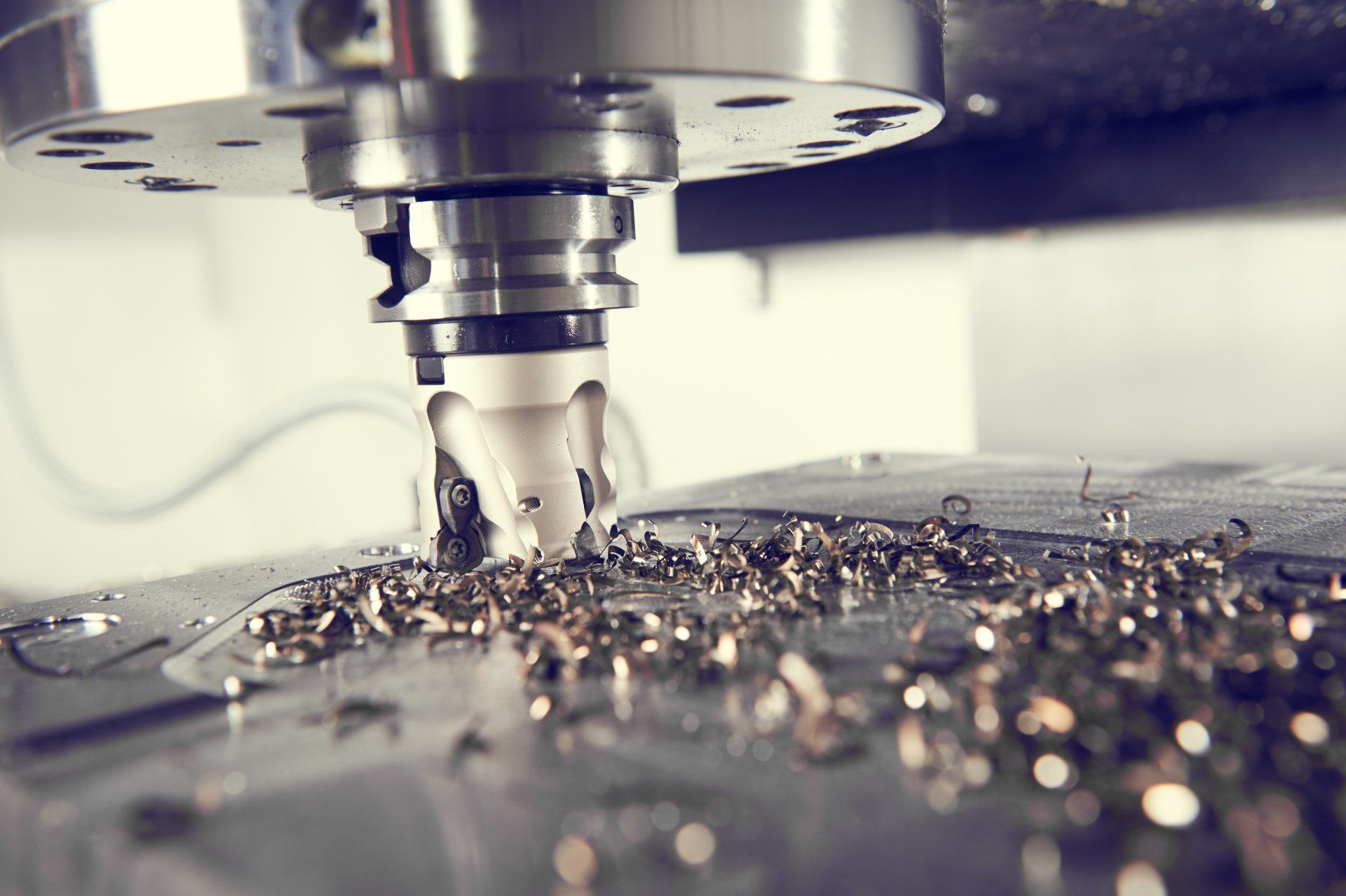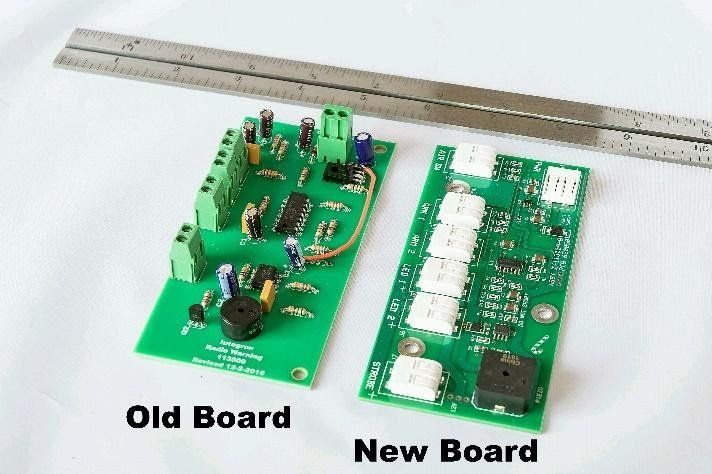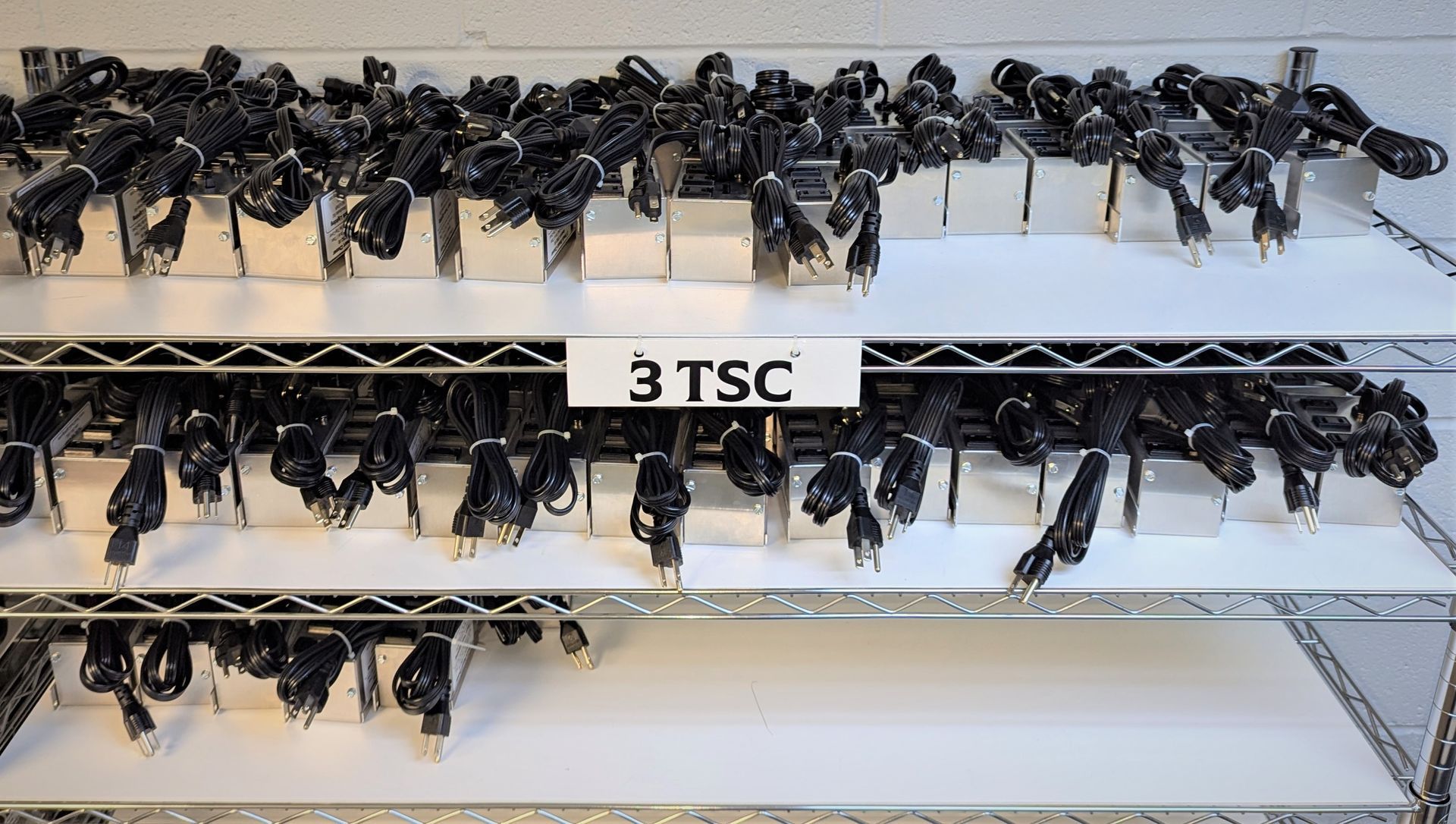A Brief Description of the Process Used for Kansas Sheet Metal Bending
Processes that are used to form sheet-metal involve applying force to the point where the geometry of the metal is modified but no material is removed. The goal is to stress the metal in order to reach its desired shape without taking it to the point that it fails. Sheet-metal can be stretched or bent into many complex shapes. Some of the processes for forming sheet-metal include roll forming, spinning, stretch forming, and bending.
Sheet metal bending is typically performed using a press brake. This machine can be operated automatically or manually. Some refer to the process as press brake forming. When bending metal using a press brake, a sheet of metal will be placed above the die. It is held in place using a back gauge. A punch will lower and force the metal to bend into the desired shape.
In order to keep costs at a minimum for low volume sheet metal bending production, standard tooling may be used for the punch and die. Custom tooling may be used for special projects, but this will add to the cost. The material that is used for tooling will depend on the sheet-metal material, the degree of bending, and the production quantity. When harder sheet-metal is used and severe bends are needed, a stronger tool will be required. Common tooling materials include low carbon steel, hardwood, and carbide steel.
Learn about the broad range of manufacturing and assembly capabilities, including fabrication, machining, and electronics, offered by Vista Manufacturing by visiting their website at www.vista-mfg.com.
The post A Brief Description of the Process Used for Kansas Sheet Metal Bending appeared first on Vista Manufacturing Company.
You might also like
Vista Manufacturing Blog




